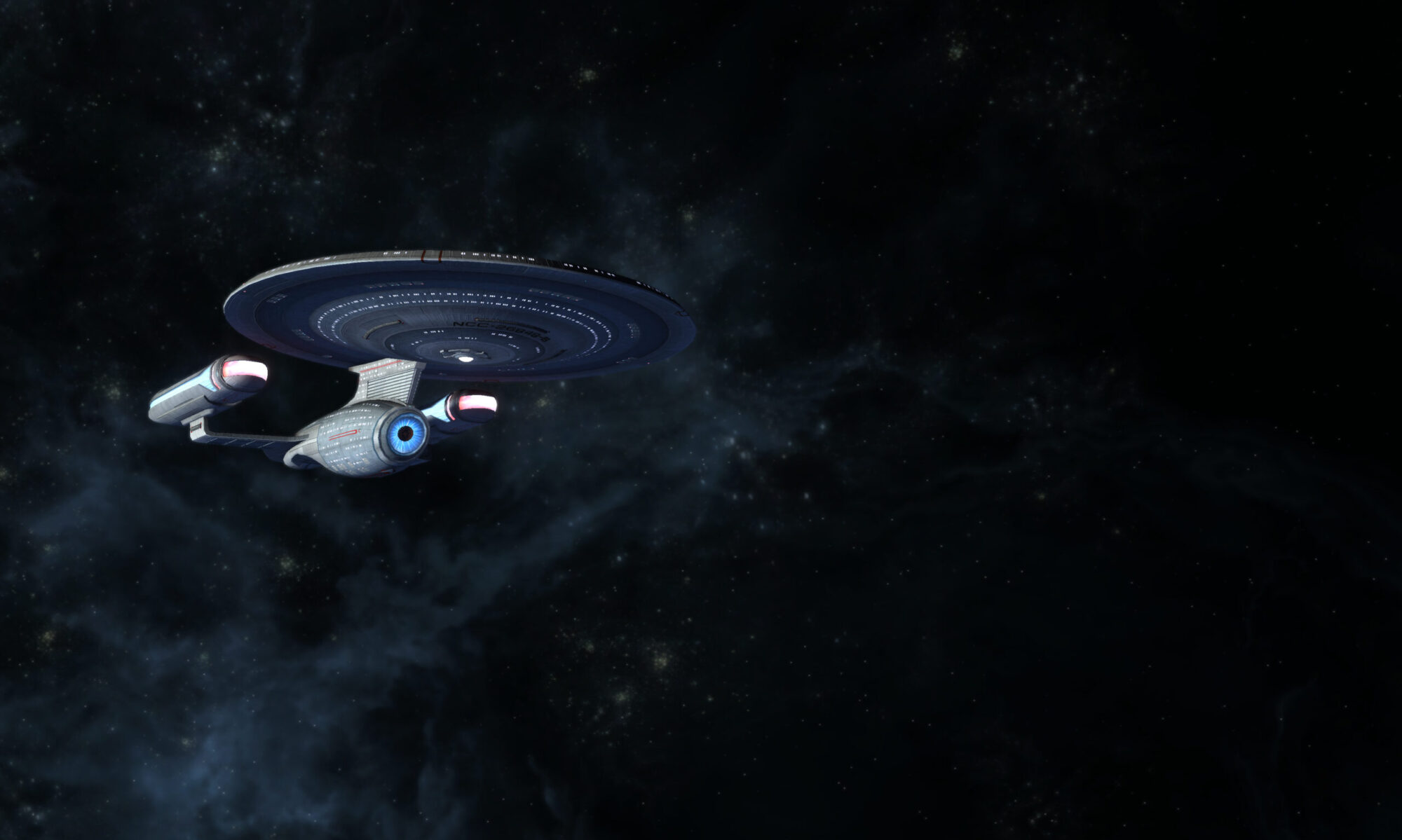
I went to see Star Trek: First Contact at least a dozen times in the theaters. Not so much because it is an awesome movie, but because of Starfleet’s desperate fight against the Borg at the beginning of the film. That hooked my adolescent brain in some primal way, and I’ve been fixated on them every since.
As I prepared to see Into Darkness for the first time, I had to ask, what makes a good space battle? But more importantly, what makes a good one in a Star Trek film? And where have they failed? For the sake of simplicity, this examination will be chronological.
The Motion Picture – While it is a special effects heavy film, there is no battle per se. While the movie is not without its faults, the fact that the Enterprise never fires a shot in anger is not one of its drawbacks. In the vein of classic Trek, the film is about exploration, and the wonder of outer space.
The Wrath of Khan – In more ways than one, this is the gold standard by which all other Trek battles have been judged. After the clunky special effects of the Original Series, this was Trek’s first real go at it.
To paraphrase a friend of mine, the actual choreography of a fight scene is meaningless without emotional content. Khan’s motivation is established in Space Seed and reiterated well in the film. Likewise, Kirk’s anxiety about his age and diminishing skills provide a gripping emotional backdrop.
The scenes themselves, while thrilling, remain true to Trek’s cerebral core. After the Enterprise is abandoned by the Reliant, Kirk reflects that, “The only reason we’re alive is that I knew something about these ships that he didn’t.” The duel in the nebula is solved through ingenuity, not brawn, when Spock notes that, “His pattern indicates two-dimensional thinking.” This final resolution to the conflict works because the characters still think their way out of the situation rather than fight.
The Search for Spock – While it has a mixed critical legacy, the film boasts some of the most impressive, universe expanding model work in the franchise. Spacedock, the Excelsior, and the Bird of Prey remain immutable staples of the franchise.
The escape from Spacedock remains one of the better sequences of the series. Kirk is powerfully driven to his goal, and Nimoy infuses the scene with a tension that eclipses everything else in the film.
Kirk’s battle with Kruge does everything it needs to do narratively. What it lacks in visceral thrills, it achieves what it needs to narratively.
The Voyage Home – This film definitively proves that Trek can exist without themes of warfare and violence. It’s not a mark against the other films that they include space battles. Still, it’s just as possible to make an effective entry in the franchise without it.
The Final Frontier – What fifth movie?
The Undiscovered Country – This is one of the best entries in the franchise. But the final battle is disappointing.
The stakes are as high as they’ve ever been. But the scene simply consists of the Enterprise receiving fire. The resolution is even more lackluster: one oblique line on another ship aside, there is nothing about the technological solution that is set up earlier in the film. The compelling villain is dispatched not because he is outfought or outthought, but just due to a few lines of technobabble.
Generations – See above.
First Contact – We have it in emotional stakes—Picard’s entire character arc leads to this moment. The characters are dreading another Wolf 359.
More than any other film before it, First Contact sets its stage large. Dozens of Federation ships, many of which we have not seen before. The Defiant, built to fight the Borg, actually fights the Borg. It verges on being visually overwhelming, but still remains small enough to be engaging.
What makes it unique is that the grand battle is that is serves as the Inciting Incident of the film. Rather than being the culmination of the conflict, it sets the Enterprise on its objective.
Insurrection – The emotional content of the film never comes together. The battle is concluded with a technological solution. It’s about as entertaining as watching a screen saver.
Nemesis – The worst of the worst. Nemesis is absolutely what you never want to see in Star Trek. After a tepid emotional backstory, the film devotes a third of its runtime to specks in a lava lamp shooting sparks at each other.
The one thing that I’ll give it is that after two movies of threatening “ramming speed” at the drop of a hat, they finally pull the trigger and have ships colliding.
Trek ‘09 – The opening sequence is phenomenal. The visuals are… I’m running out of synonyms for “great” at this point. And by the opening credits, there is hardly a dry eye in the audience.
To recap,
The Good:
• Emotional Resonance
• Thinking your way out of a fight
• New ships instead of reusing old models
The Bad:
• Technobabble Solutions
• Drawing the scene out too long
• Action for the sake of action
The Ugly:
• If you call ramming speed, you better make it happen, or I will make you wish that the Vulcan Death Grip was real.
=/= LT Jesse MacKinnon
Chief Helmsman & Ship’s Historian
USS Loma Prieta
